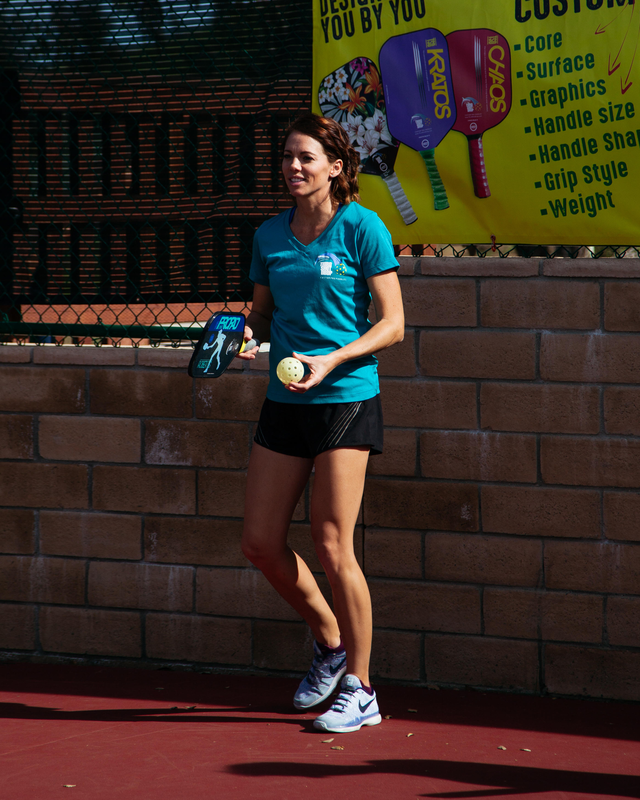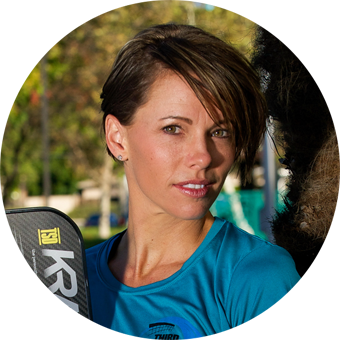

An athlete’s reaction time can, in many cases, mean the difference between who wins or loses a game. If an athlete is able to react quicker than their opponent on critical game changing plays, then their odds of defeating the opponent are greatly increased. Reaction time to a stimulus is something that can be difficult to train for, but is an area in most all sports that requires attention. Conditioning the brain to react in a reflexive manner to certain stimuli is an imperative skill. Just think how imperative it is that a player is able to anticipate their opponent’s next move requiring their mind and their body to function independently, yet cohesively.
#1 Reaction time when a ball bounces first
Two person drill. Stand 1-2 meters away, facing each other. Person A stands up straight and holds a pickleball in each hand held out to his sides at chest height with the palms facing DOWN. Person B, stand 1-2 meters away and is in “ready” position with knees bent. Person A drops one of the balls at random (either left of right), and person B reacts to which ball is being dropped and moves forward catching the ball in his/her dominant (paddle-holding) hand after only ONE bounce. Reset and repeat many times changing the ball-drop hand randomly. Move farther away to make it more difficult.
Pay attention to footwork. Yes, we talked about this in my last blogpost. If you are moving to the RIGHT to catch the ball, then lead with the RIGHT leg (either lunging forward and to the right, or shuffling forward to the right). If the ball is dropped on your LEFT side, then lead with you LEFT leg. In other words, don’t pretzel yourself or tie yourself in a knot; Keep open-face towards the net.
Keep in mind that your lead leg will change based on the direction the ball is being dropped from, however, you will ideally use your pickleball hand to catch it regardless of which side it is coming from in order to make this sport-specific drilling.
#2 Reaction time for volleys
Two person drill. Stand 1-2 meters away, facing each other. Person A stands up straight and holds a pickleball in each hand held out to his sides at chest height with the palms facing UP. Person B, stands 1-2 meters away and is in “ready” position with knees bent. Person A tosses one of the balls at random (either left of right) towards person B upward into the air, and person B reacts to which ball is being tossed and moves toward the ball catching the ball in his/her dominant (paddle-holding) hand WITHOUT letting the ball bounce. Reset and repeat many times changing the ball-toss hand randomly. Move farther away to make it more difficult or toss the ball further to the right or left to make the person have to move more.
Again, pay attention to footwork. In this drill you may have to shuffle and move more to get to the ball before it bounces.
An athlete's ability to react shows how quickly and effectively he or she can make decisions and initiate actions. Key strategies can accelerate the decision making process to give athletes an edge in competitive situations.
Processing time is longer when there are more choices that require different actions. Delays in responses can make the difference between winning and losing.